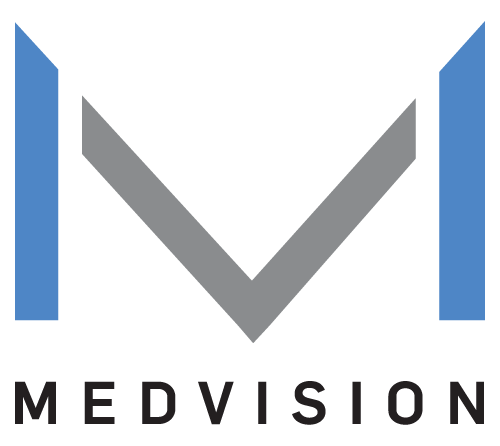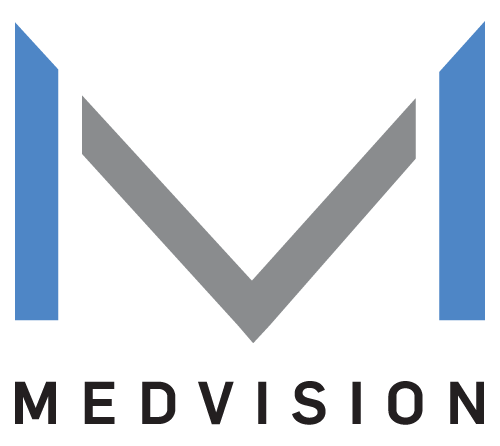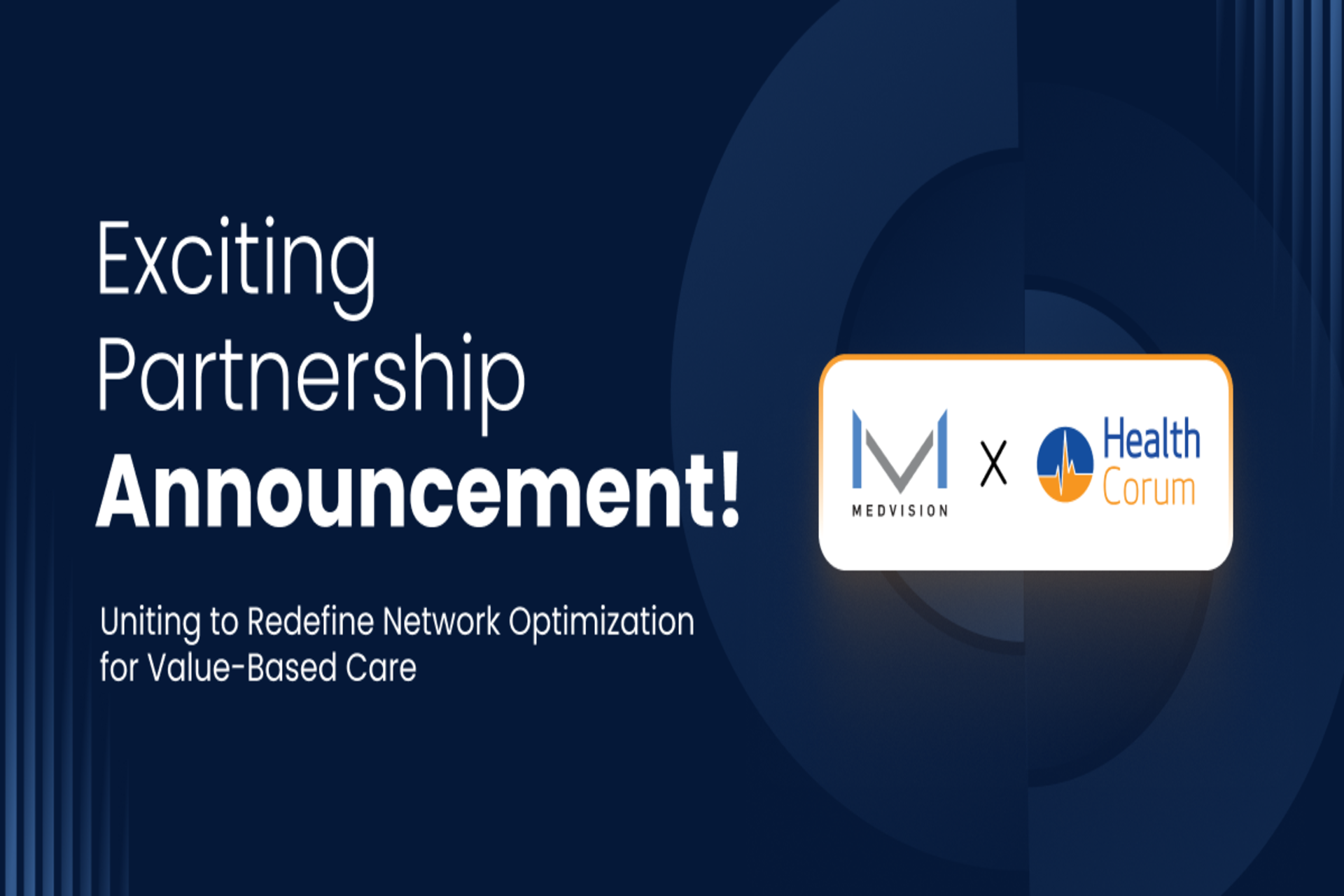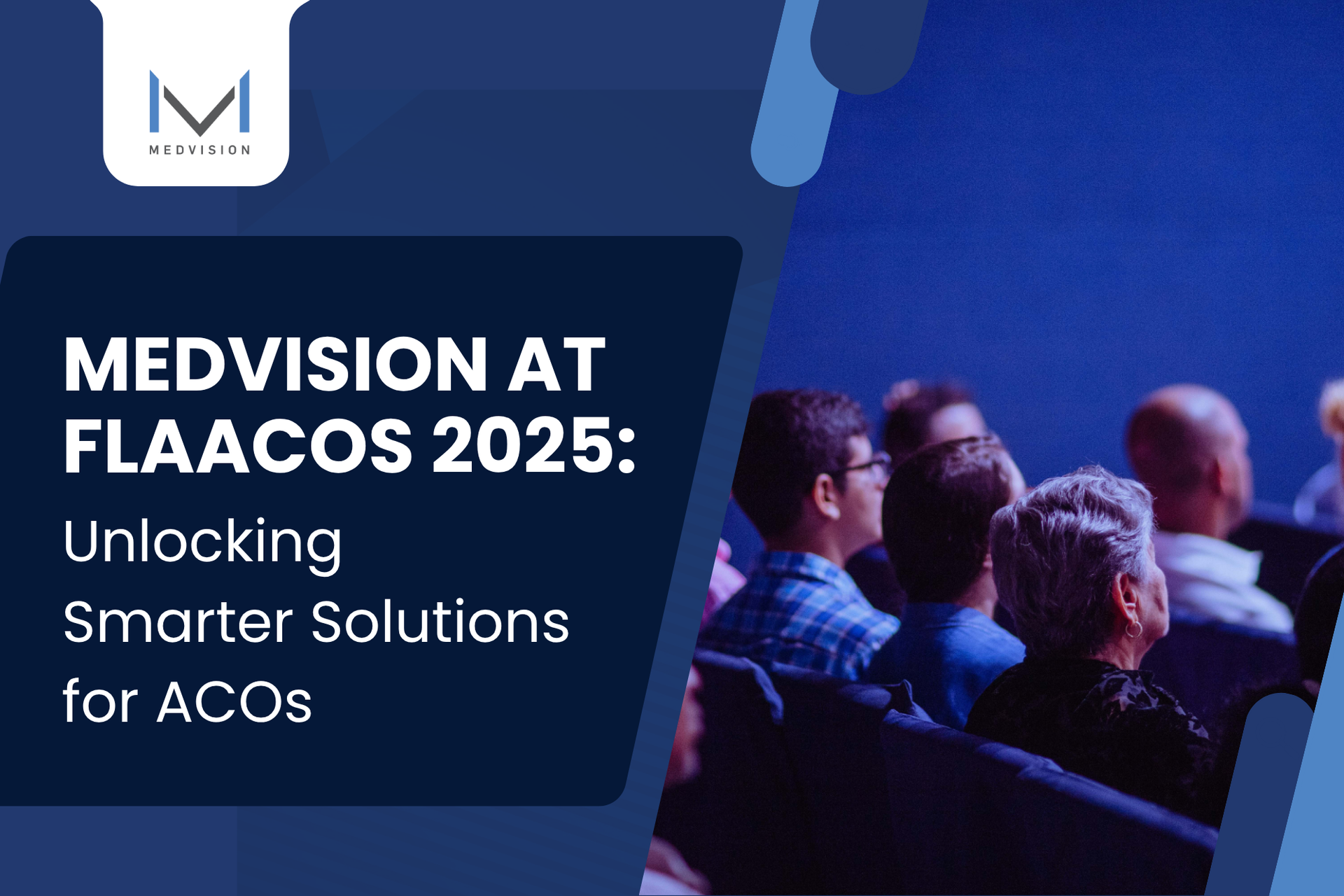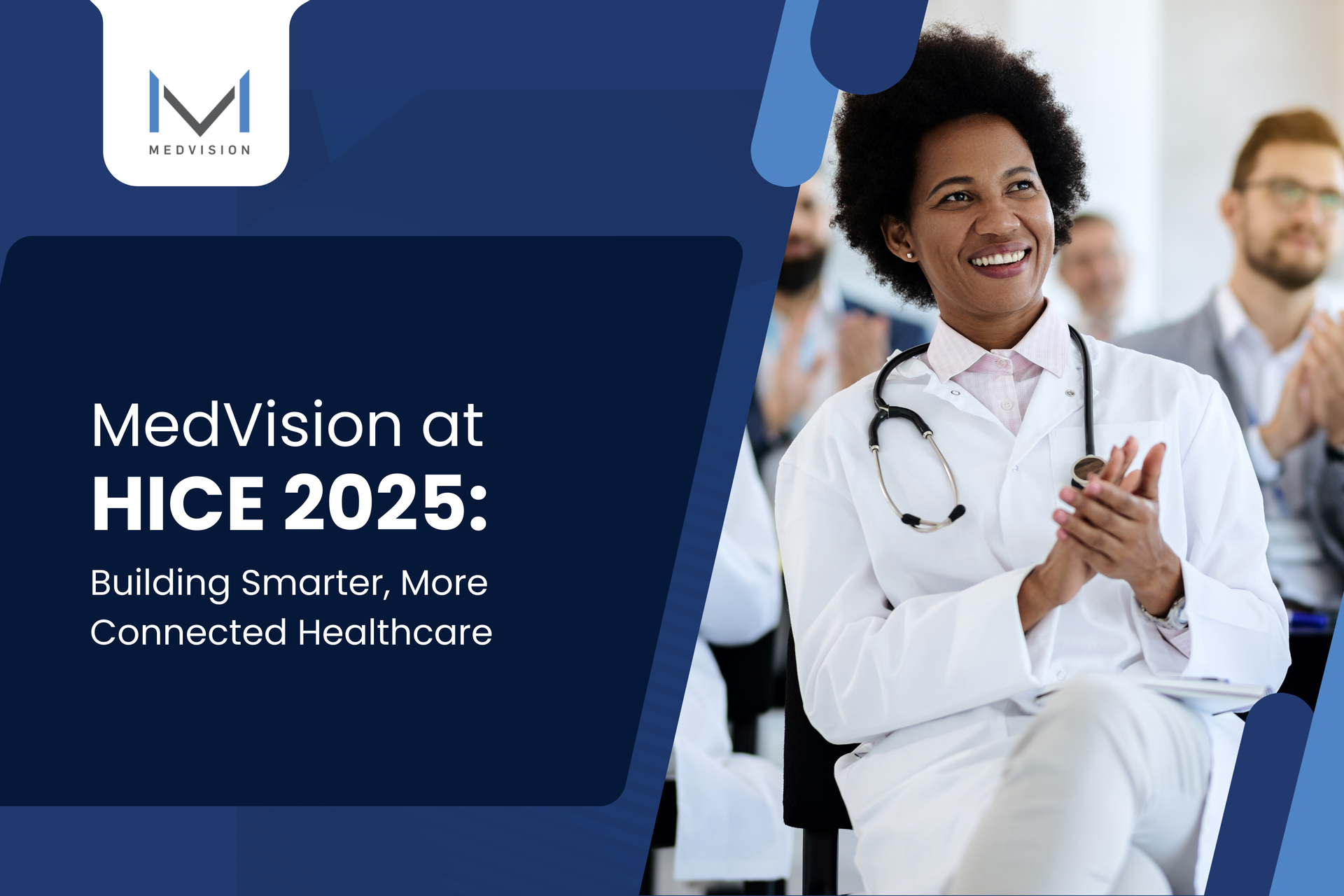Pros and Cons of Predictive Analysis in Healthcare
In recent years, predictive analytics has become a game-changer in hospitals and clinics, helping healthcare providers detect diseases early, plan effective treatments, and save lives. It's also a valuable tool for improving hospital operations and reducing costs.
By leveraging data mining, predictive analytics identifies high-risk patients, forecasts admissions, reduces readmissions, and optimizes staff scheduling. This leads to more personalized care and better use of medical resources.
Moreover, the impact of predictive analytics extends beyond clinical outcomes. It also plays a crucial role in cost management and financial performance. Healthcare providers and
value-based care administrators can make smarter decisions that result in significant savings by predicting trends and pinpointing inefficiencies.
MedVision's QuickCap integrates predictive analytics seamlessly into daily workflows, helping value-based administrators manage potential medical and operational expenses more effectively. With these tools, providers can address challenges proactively before they escalate into costly problems.
Discover Predictive Tools for Proactive Care
What is Predictive Analytics in Healthcare
Predictive healthcare analytics utilizes historical and current data to forecast future outcomes. This approach enables healthcare providers to:
- Anticipate potential health issues
- Develop more effective treatment plans
- Optimize resource allocation
- Improve operational efficiency and cost management
The power behind predictive analytics comes from a
combination of advanced technologies, such as:
- Machine Learning and Artificial Intelligence (AI): These technologies allow computers to learn from healthcare data management patterns and improve the accuracy of predictions over time.
- Big Data: The vast amount of health data generated daily—from electronic health records (EHRs) to wearable devices—fuels predictive models and insights.
- Data Mining and Statistical Algorithms: These techniques dig deep into datasets to identify patterns, trends, and correlations that can inform future healthcare decisions.
Pros of Predictive Analytics in Healthcare
The application of predictive analytics offers advantages that are transforming healthcare delivery, patient care, and operational efficiency. Here are some key benefits:
- Improving Patient Outcomes
- Early Disease Detection:
Predictive analytics models can identify at-risk patients before symptoms manifest, enabling timely interventions.
- Personalized Treatment Plans: Analytics help tailor treatments to individual patient characteristics, potentially increasing efficacy.
- Enhanced Operational Efficiency
- Resource Optimization: Predictive analytics aids in forecasting resource needs, reducing waste, and improving allocation.
- Streamlined Workflows: By anticipating patient volumes and care requirements, healthcare facilities can optimize staffing and processes.
- Cost Reduction
- Reduced readmissions: Identifying high-risk patients allows for targeted interventions, potentially lowering costly readmission rates.
- Supply chain management: Predictive modeling in healthcare helps forecast supply needs, minimizing overstocking and shortages.
- Advanced Research and Drug Development
- Accelerated clinical trials: Analytics can help identify suitable trial candidates and predict potential outcomes, speeding up the research process.
- Drug discovery: Predictive models assist in identifying promising drug compounds, potentially reducing development time and costs.
- Population Health Management
- Epidemic prediction: Analytics can forecast disease outbreaks, allowing for proactive public health measures.
- Targeted health campaigns: Predictive models help identify at-risk populations, enabling more focused and effective health initiatives.
Cons of Predictive Analytics in Healthcare
While predictive analytics offers numerous benefits, it's essential to consider its potential drawbacks. Here are some critical cons of applying predictive analytics in healthcare:
- Data Privacy and Security Concerns
- Patient confidentiality risks: Using large datasets increases the potential for data breaches, potentially compromising sensitive information.
- Regulatory compliance challenges: Healthcare organizations must navigate complex regulations like HIPAA, which can be difficult with extensive data use.
- Implementation Challenges
- High initial costs: Implementing predictive analytics systems often requires significant upfront investment in technology and training.
- Integration difficulties: Existing healthcare IT systems may not easily integrate with new analytics platforms
- Potential for Bias
- Algorithmic bias: Predictive models may inadvertently perpetuate existing biases in healthcare data, potentially leading to unfair or inaccurate predictions for specific patient groups.
- Over-reliance on historical data: Predictive models based on past data may not account for rapid changes in healthcare practices or population demographics.
- Risk of Over-dependence on Technology
- Reduced clinical intuition: Excessive reliance on predictive models might lead to a decline in a healthcare professional's ability to make independent clinical judgments.
- False sense of security: Overconfidence in predictive models could lead to missed diagnoses or inappropriate treatments if the models are inaccurate.
- Data Quality Issues
- Garbage in, garbage out: Predictive models are only as good as the data they're based on. Poor quality or incomplete data can lead to inaccurate predictions.
- Standardization challenges: Inconsistent data collection methods across healthcare providers can affect the reliability of predictive models.
- Ethical Considerations
- Patient autonomy: Predictive analytics might influence treatment decisions in ways that patients perceive limiting their ability to exercise their right to make healthcare choices.
- Resource allocation dilemmas: Predictions about patient outcomes could lead to complex ethical questions about allocating limited healthcare resources.
Balancing the Pros and Cons
Having examined the pros and cons, it's clear that a balanced approach is necessary. Maximize the benefits while minimizing the risks by considering the following best practices and recommendations:
- Prioritize Data Privacy and Security
- Implement robust data encryption and access controls.
- Regularly conduct security audits and risk assessments.
- Train staff on data protection protocols and compliance requirements.
- Ensure Data Quality and Standardization
- Establish precise data collection and entry protocols.
- Regularly clean and validate data sets.
- Collaborate with other healthcare organizations to standardize data formats.
- Maintain a Human-Centric Approach
- Use predictive analytics to support, not replace, clinical judgment.
- Encourage ongoing education for healthcare professionals on interpreting and using predictive models.
- Involve patients in decision-making processes.
- Implement Gradually and Evaluate Continuously
- Start with pilot programs to test predictive analytics in specific areas.
- Set clear metrics for success and regularly evaluate outcomes.
- Be prepared to adjust or discontinue models that don't demonstrate clear benefits.
- Invest in Integration and User-Friendly Interfaces
- Ensure predictive analytics tools integrate seamlessly with existing healthcare IT systems.
- Design intuitive interfaces that make insights easily accessible to healthcare professionals.
Experience Data-Driven Decisions with MedVision
Staying ahead of the competitive healthcare environment entails managing daily operations and making smarter, data-driven decisions that lead to better patient care and financial stability.
With MedVision's QuickCap, this vision becomes a reality. This healthcare analytics software offers more than just numbers—it identifies potential risks and trends and guides you on effectively addressing them. With QuickCap, it’s all about providing the information you need precisely when needed.
Here’s how we can help you achieve your goals:
- Access sophisticated algorithms to analyze patient data and predict outcomes, giving you the edge in preventive care and treatment personalization.
- Create and refine predictive models that cater to your practice's needs—helping you improve efficiency, reduce waste, and enhance patient experiences.
- Beyond the technology, MedVision offers expert guidance to help you seamlessly integrate predictive analytics into your
healthcare administration programs, maximizing the value you get from these tools.
Ready to see how predictive analytics can transform your healthcare practice? Contact MedVision today to learn more about our solutions, request a demo, and discover how we can help you harness the future of healthcare, starting now.
Experience the QuickCap Advantage


